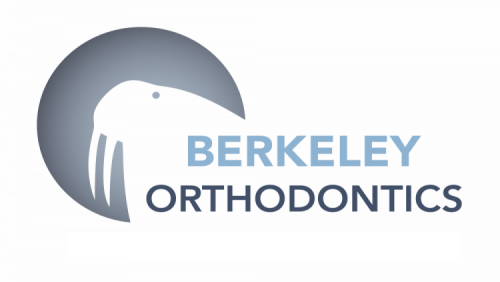Your treatment plan may be influenced by several factors.
Growth of the face
Growth of the face is of critical importance to the orthodontist. It is a constant subject of study and analysis. Orthodontists try their best to evaluate the individual growing pattern of each young patient in order to plan treatment accordingly. Methods of analysis have been developed from numerous studies on large groups of individuals. Statistics help, but the orthodontist never knows exactly what kind of growth to expect in each person.
As teenagers grow, the greatest facial changes occur in the lower face. There is a notable increase in the distance from the nose to the chin. The amount of jaw growth a patient might experience during orthodontic care is between none at all and 3/4 of an inch. The amount of tooth movement required to straighten the bite may be less than 1/4 of an inch, so growth of the face can have a tremendous impact on the progress of treatment. Growth can help or hinder tooth movement and treatment outcome. Growth can also change course in the middle of the treatment; this is one reason it can be difficult to predict how long a patient will wear braces.
Careful analysis and constant monitoring of facial growth are required. In some cases, we observe a patient for a few years before work actually begins. A jaw structure X-ray (headfilm) is used to evaluate growth, jaw size and relationship, and asymmetries. A comparison is made between the measurements made on the headfilm and standard measurements from accepted studies. Dramatic improvement can be made in jaw structure by using growth-modifying appliances.
A careful consideration of the patient’s growth patterns will help achieve desired treatment goals.
Severely crowded teeth
The goal of all orthodontic treatment is to produce a healthy, well-functioning, and stable dentition. Whenever teeth are moved by orthodontic pressures, tissue memory tends to move them back a bit toward their original position. When possible, we want to design the treatment so that the teeth grow in as close as possible to the correct position. This is the premise of orthodontic interceptive treatment.
The most common orthodontic problem is poor alignment due to crowding of the teeth. The genes for tooth size and jaw size are not always in harmony. Sometimes the tooth size is simply too large for the jaw. Many studies have shown that removal of certain permanent teeth is the best treatment solution for extreme crowding. If the extractions are done early in the dental development, we can head off the occurrence of severely displaced teeth. If the teeth grow into a reasonably good position, the gum and bone form around the teeth normally.
Serial extraction is sequential removal of certain baby teeth and then four permanent teeth over a period of years. We recommend serial extraction only in severely crowded cases, where there is no hope of providing enough room through other treatment methods such as dental arch expansion. It is best to begin before the eight incisor teeth are fully grown in. First, some primary teeth are removed (usually primary canines). This allows us to borrow space for the permanent incisor teeth that are emerging in a portion of the jaw that is not large enough. We can have several years to borrow this space, as the permanent canines do not grow in until age 12 or so. At that age, we must evaluate the need for removing some permanent teeth, as we want to encourage the permanent canines to grow into a good position. Most commonly, we will recommend removal of the four first bicuspids (everyone has a double set of bicuspids), but we must analyze each case individually to determine the best choice of extraction.
Wisdom teeth
Mankind’s ancestors had large, heavy jaw structures that easily accommodated 32 teeth. Over the course of thousands of years, jaw structure sizes have become reduced, but the sizes and numbers of teeth have remained roughly the same.
The last permanent teeth that erupt between the ages of 18 and 25 are the third molars, commonly referred to as “wisdom teeth.” They are supposed to erupt behind the second (“12-year”) molars at the very back of the mouth. For many, the trend toward a smaller jaw structure creates a space problem for the wisdom teeth. When there is not adequate space for teeth to grow into the correct position, they remain beneath the surface of the gum tissue, imbedded in the jawbone. This condition is called impaction.
An impacted wisdom tooth may never create any problems, but some impactions can become infected or create cysts. They may also affect the alignment of other teeth, cause discomfort, or damage adjacent teeth. Unfortunately, there is no way of knowing whether wisdom teeth will cause these problems. If impacted wisdom teeth are detected, we will probably recommend that they be extracted. The least difficult time to remove wisdom teeth is in the late teen years.
If you have further questions about wisdom teeth, don’t hesitate to ask us.



